
In today’s globally connected world, no country can thrive in isolation. Despite advancements in technology and increased self-sufficiency, countries continue to rely heavily on international trade to access resources, goods, and services that are either unavailable or produced more efficiently elsewhere.
This global interconnectedness is especially significant for South Africa, where economic activity also depends on world trade. As a relatively small and open economy accounting for just 0.53% of the world’s goods trade and 0.28% of global services trade, 60.4% of South Africa’s GDP is linked to international trade in goods and services (South African Reserve Bank, 2021).
Despite this high level of trade integration, the country faces a persistent trade deficit, as import growth consistently outpaces export growth. Recent country policy reforms have been driven by significant events, such as the Covid-19 pandemic, which underscored the urgent need for countries to reassess their trade strategies and strengthen resilience in their supply chains.
The disruption of global trade exposed the dangers of overdependence on fragile international networks for essential goods like medicines and food imports. This realization has prompted governments to reassess their trade policies, with a growing focus on reducing reliance on global supply chains and strengthening national and regional manufacturing capabilities. Furthermore, political changes in major economies have accelerated this shift, encouraging countries to adapt their trade strategies in response to new leadership and evolving global priorities that are more protectionist and nationalistic.
These changes are a departure from the trade policies of the 1990s, which saw an integration in world trade dynamics. Specific to South Africa, the table below highlights the trade policies or protocols that impacted on its trade dynamics:
| 1990 | The General Export Incentive Scheme (GEIS) is introduced |
| 1990 | Import surcharges are phased out |
| 1994 | South Africa is re-integrated into the global economy (WTO) |
| 1994 | Import surcharges on capital and intermediate goods are abolished |
| 1994 | Conversion from quantitative restrictions to tariffs is completed |
| 1995 | Remaining import surcharges are eliminated |
| 1995 | South Africa’s General Agreement on Tariffs and Trade (GATT) Uruguay Round mandate is enacted |
| 1996 | The new Tariff Rationalization Process is formulated |
| 1996 | A new bilateral trade agreement is signed between South Africa (SA) and Zimbabwe |
| 1996 | The Southern African Development Community (SADC) Free Trade Protocol is signed |
| 1997 | Export subsidies provided under GEIS are terminated |
| 2000 | The SA–European Union (EU) Trade, Development, and Cooperation Agreement
(TDCA) is implemented |
| 2000 | SA products are granted preferential access to the US under the US Africa Growth and Opportunity Act (AGOA), to be reviewed in 2025 |
| 2000 | SADC Free Trade Protocol is implemented |
| 2002 | New Southern African Customs Union (SACU) Agreement is implemented |
| 2002 | SACU–MERCOSUR5 trade negotiations are launched |
| 2003 | SACU–United States (US) free trade agreement (FTA) negotiations are launched |
| 2006 | European Free Trade Association (EFTA)–SACU Free Trade Agreement is signed |
| 2006 | Memorandum of Understanding is signed promoting Bilateral Trade and Economic
Cooperation between China and South Africa |
| 2006 | SACU–US FTA negotiations are suspended |
| 2008 | SACU Trade, Investment and Development Cooperation Agreement with US is signed |
| 2008 | Tripartite FTA negotiations commence between SADC, East African Community
(EAC), and Common Market for Eastern and Southern Africa (COMESA) |
| 2008 | SACU and MERCOSUR preferential agreement is signed |
| 2010 | South African Trade Policy and Strategy Framework is launched |
| 2011 | Partnership is signed between Brazil, Russia, India, China and South Africa |
| 2015 | COMESA-EAC-SADC Tripartite FTA is launched |
| 2015 | Continental Free Trade Area (CFTA) negotiations launch, adopted in 2018 and operational since 2021 |
| 2018-2019 | South Africa signs and ratifies the African Continental Free Trade Area (AfCFTA) |
| 2024 | South Africa commences with trade under AfCFTA |
Source: SARB
South Africa’s trade policy in a changing global order
South Africa, like the rest of the world, is impacted by geo-political changes that affect its trade dynamics. In its Industrial Policy and Strategy review published in May 2024, the Department of Trade, Industry and Competition indicates that it is imperative for South Africa to identify both the opportunities and risks presented by these transformative trends.
At the centre of the country’s trade policy, is the aim to build industrial capacity by expanding and diversifying its industrial sector. In terms of the country’s re-imagined industrial strategy; this can be done by emphasizing value-added, labour-intensive industrial production and economic diversification that is away from commodities.
The policy further includes targeted programs such as sectoral Master Plans that focus on localization and beneficiation, to foster a more inclusive economy. Tariff adjustments also play a central role, with changes proposed based on detailed sectoral analysis to support investment, job creation, and productivity.
Last but not least, the policy stresses fair competition, the effective use of trade defence mechanisms, and enhanced coordination with both domestic and international authorities to combat illicit trade and under-invoicing. These efforts aim to create a more dynamic and competitive industrial environment, fostering sustainable economic growth.
Enhancing manufacturing and increased exports
In support of its trade policy position, South Africa seeks to increase the export of manufactured and value-added products, thereby reducing its reliance on the export of raw materials. To this end, South Africa has rolled out initiatives such as the Special Economic Zone programme. The objective of the programme is to enhance manufacturing and exports; through the use of the SEZ development and incentive framework that, in addition to existing trade agreements, provides a platform for the price competitiveness of South African products.
The re-drawing of multi-lateral trade rules
All this is occurring in the midst of shifting geo-political landscapes, where discussions about trade reform and alternative approaches are taking place. South Africa seeks to contribute to the reformation of World Trade Order (WTO) policies that hinder its industrial development, especially on tariff reduction commitments that contribute to its de-industrialization.
Key trading partners such as the EU, China and the US are central to these efforts, given that at least 60% of the country’s raw materials are exported to these trading blocs.
Utilising Trade Policy to unlock development across the African Continent
South Africa’s trade policy is committed to unlocking development across the African continent through the developmental integration approach outlined in the AU’s “Agenda 2063: The Africa We Want.”
This approach recognizes that the challenges to intra-African trade are often related to limited productive capacity and inadequate infrastructure, rather than tariffs alone. However, the latter is critical and the launch of the African Continental Free Trade Area (AfCFTA) is a key step in promoting regional trade, by offering greater incentives for continental trade.
The AfCFTA further supports regional integration, assisting to mitigate risks to global supply chain disruptions.
The Impact of Trade Policies on SEZs
The OR Tambo SEZ exemplifies how Special Economic Zones (SEZs) can be instrumental in advancing South Africa’s trade policy, boosting exports, fostering industrial growth, and attracting foreign investment. By aligning with the country’s foreign trade objectives, SEZs contribute to creating a favourable environment for manufacturing, value-added production, and enhanced global competitiveness. However, trade policies, both domestic and international, can have a significant impact on the success of SEZs.
On the positive side, trade policies that promote export growth and reduce trade barriers can make SEZs more attractive, enhancing market access and demand for locally produced goods. Conversely, restrictive trade policies or protectionist measures from other countries, over which South Africa has no direct control, can negatively affect SEZs by increasing costs, limiting market opportunities, or creating trade imbalances. It is important to acknowledge the significant impact that these external trade policies can have on local SEZs, which is why building strong and resilient policies to protect and strengthen SEZs is crucial for ensuring long-term stability and growth in the face of global economic challenges.
In conclusion, the importance of global developments is increasingly evident, particularly as the world’s major economies, such as the United States, undergo reforms that reshape global trade flows, investment patterns, and technological innovation. For South Africa, understanding and adapting to these changes whether in the US, the EU, or China is crucial for positioning itself as a competitive player in a rapidly evolving global marketplace.
The OR Tambo SEZ focuses on key sectors that align with the objectives of the DTIC trade policy, including pharmaceuticals, mineral beneficiation, advanced manufacturing, and the green economy. It has in this regard, investment opportunities available for uptake by domestic and foreign investors.
For more details, visit www.ortambosez.co.za.

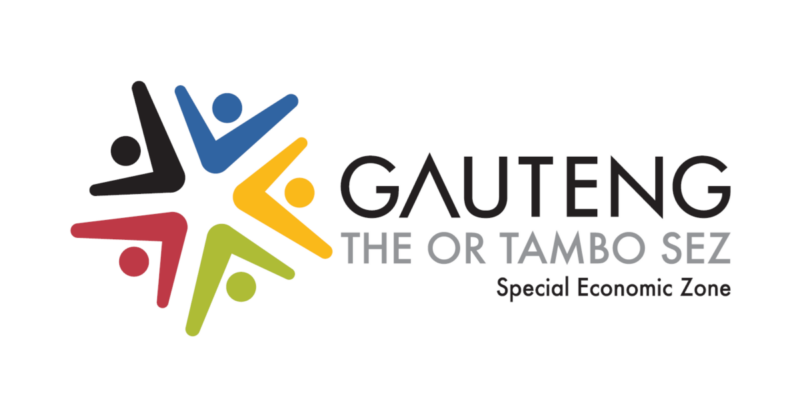
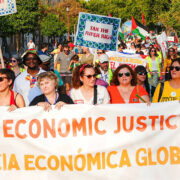
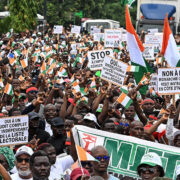
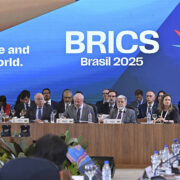

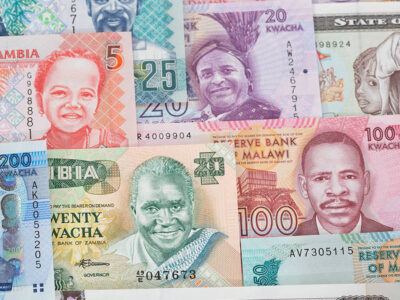

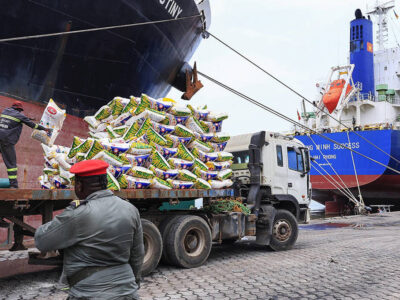


Comments